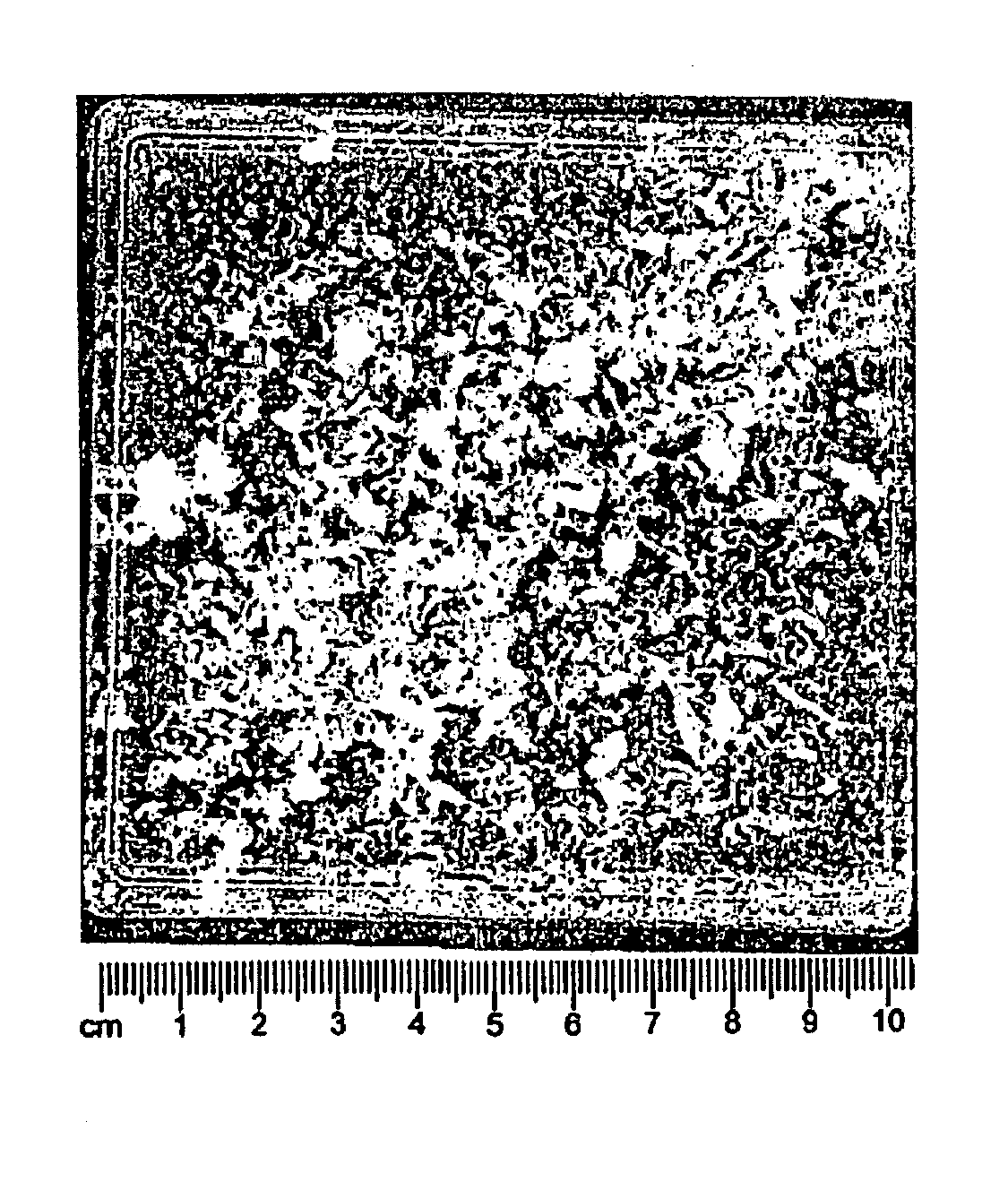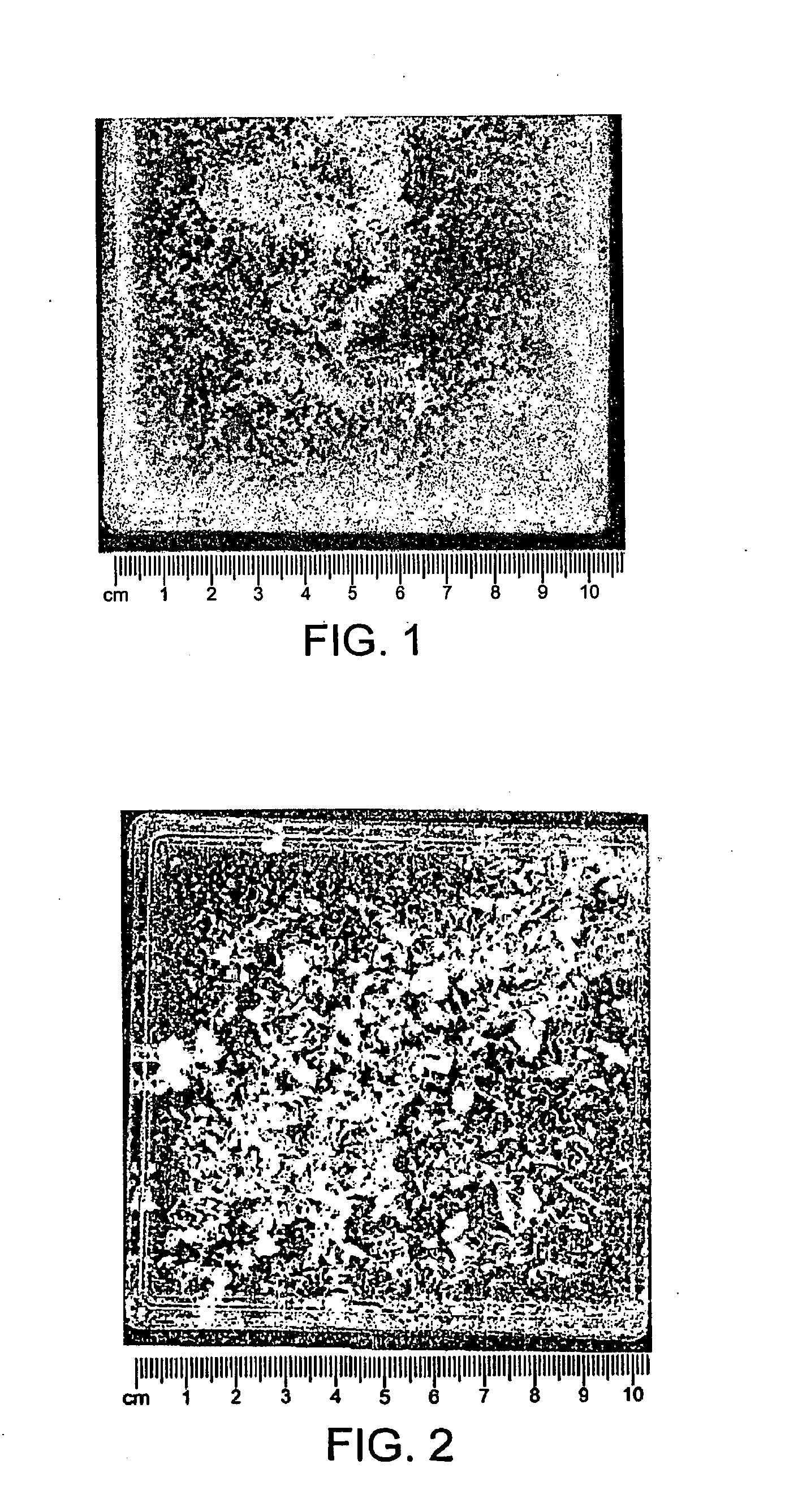Processing nucleic acid
a nucleic acid and nucleic acid technology, applied in the direction of genetic material ingredients, sugar derivates, drug compositions, etc., can solve the problems of failure of centrifuge, limitation, and inability to handle 6 litres, so as to facilitate cleaning, minimise the formation of small particles, and maximise the formation of large particles
- Summary
- Abstract
- Description
- Claims
- Application Information
AI Technical Summary
Benefits of technology
Problems solved by technology
Method used
Image
Examples
Embodiment Construction
Nature of the Precipitate: Full-scale and Lab Scale Differences
[0069]The initial studies to aid in the design of the integrated precipitate removal step were based on assessing the size of precipitate that was typically produced in the lysis / precipitation reaction. Samples were taken from both lab scale (1 Litre) and process scale (10 or 50 Litre) equipment, and it was readily apparent that there was a significant difference in the size of particles generated at the different locations. The results are illustrated in FIGS. 1 and 2. FIG. 1 is a photograph of precipitate taken from a 1 litre lab-scale reaction, stirrer speed 100 rpm for both lysis and precipitation reactions (tip speed 0.3 m / s). FIG. 2 is a photograph of precipitate taken from a 50 litre large-scale reaction, stirrer speed 50 rpm for lysis and 80 rpm for precipitation.
[0070]Clearly, the material from the full-scale reaction is smaller than that from the lab-scale reaction, and it was decided to identify the parameters...
PUM
| Property | Measurement | Unit |
|---|---|---|
| size | aaaaa | aaaaa |
| size | aaaaa | aaaaa |
| size | aaaaa | aaaaa |
Abstract
Description
Claims
Application Information
 Login to View More
Login to View More - R&D
- Intellectual Property
- Life Sciences
- Materials
- Tech Scout
- Unparalleled Data Quality
- Higher Quality Content
- 60% Fewer Hallucinations
Browse by: Latest US Patents, China's latest patents, Technical Efficacy Thesaurus, Application Domain, Technology Topic, Popular Technical Reports.
© 2025 PatSnap. All rights reserved.Legal|Privacy policy|Modern Slavery Act Transparency Statement|Sitemap|About US| Contact US: help@patsnap.com



